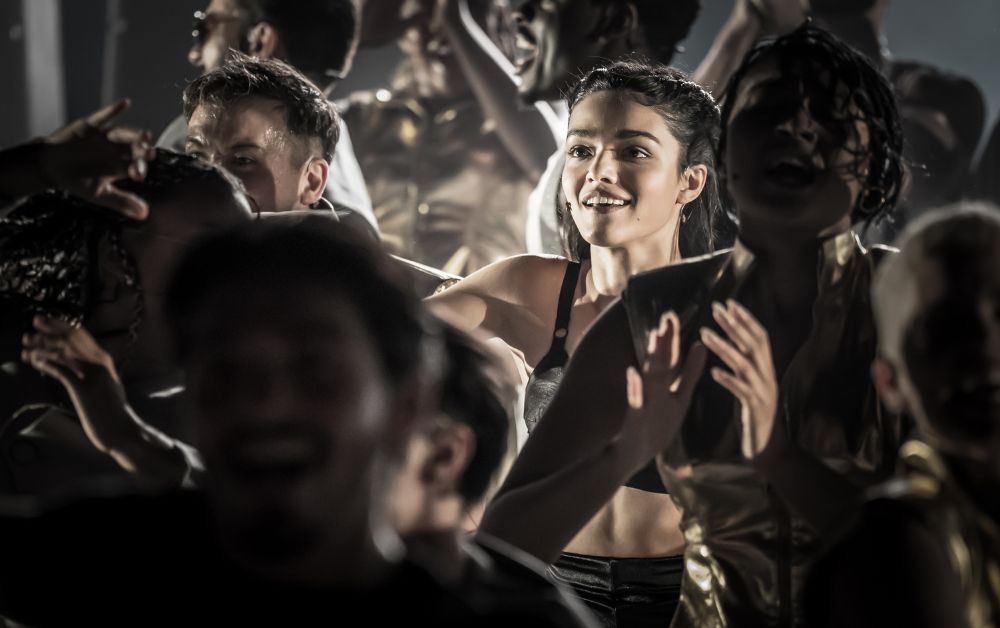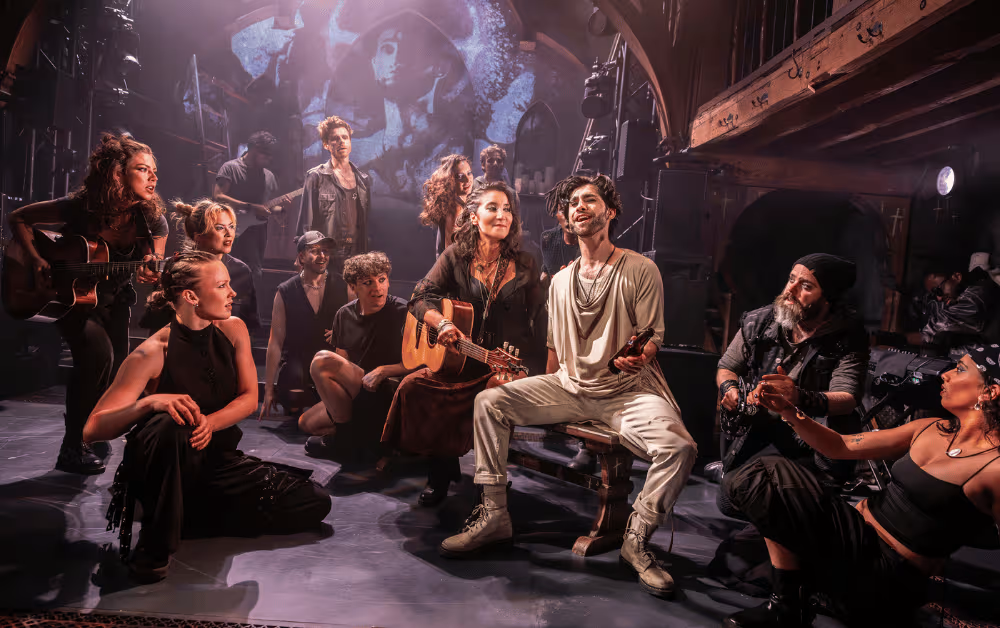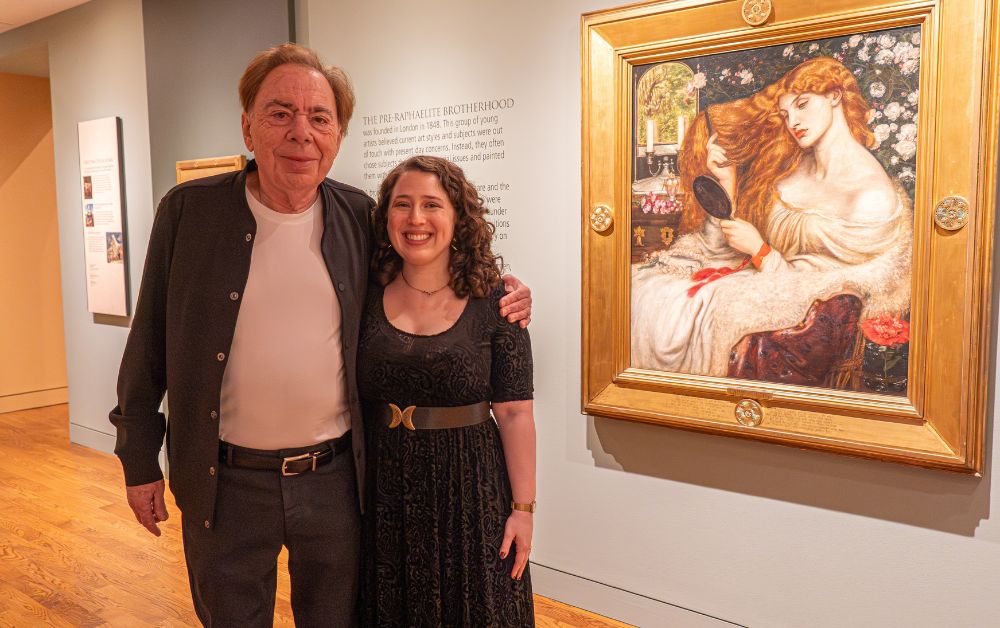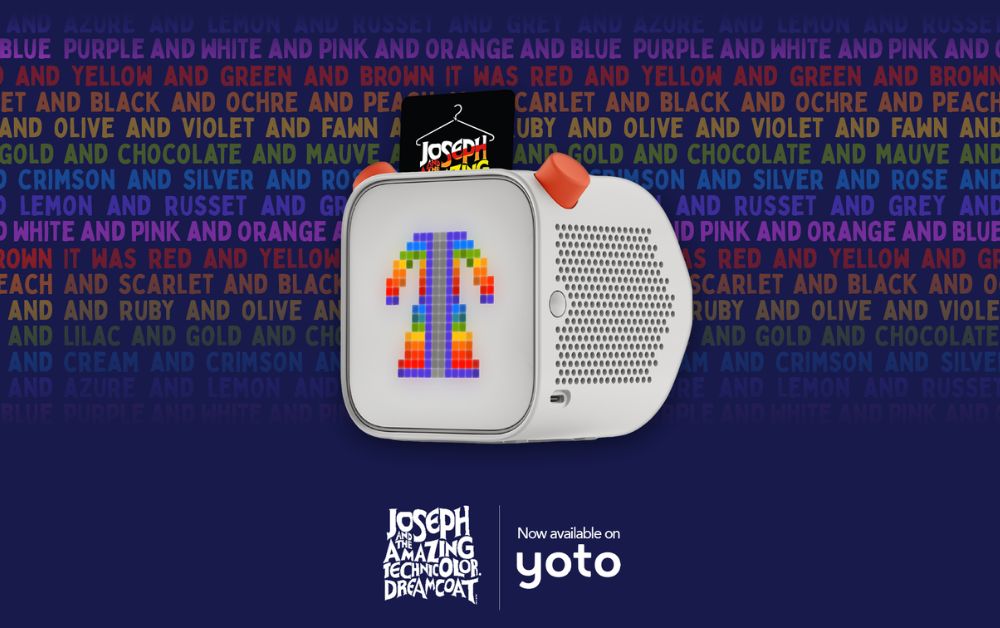The Phantom of the Opera is not only one of the longest-running shows in West End and Broadway history, but it’s also one of the most instantly recognisable thanks to its iconography. One glimpse of a strewn-aside porcelain mask will have 'The Music of the Night' immediately ringing in one’s ears. But the character of the Phantom is arguably equally as defined by what the mask conceals, as the mask itself. Though some tweaks have been made since the show’s West End debut in 1986, the evolution of the look has stayed faithful to its origins, and both the mask and the makeup behind it remain crucial elements in the storytelling of Phantom.

In Gaston Leroux’s novel Le Fantôme de l'Opéra, the inspiration for Andrew Lloyd Webber’s musical adaptation, the cause of the Phantom’s facial difference is implied to have been a birth defect. Though a couple of reimaginings veer from this - the 1943 film starring Claude Rains has its titular character having acid thrown at him, and in 1989’s Robert Englund vehicle he sells his soul to the devil in return for being loved for nothing but his music - the birth defect tends to be the most common amongst adaptations. The extent to which the Phantom’s appearance is altered also varies, indeed as does how human or ghostly the character manifests. Described as almost corpse-like in appearance in the original text, with a “death’s-head”, the Phantom’s description is dark and other-worldly. By comparison, Gerard Butler’s Phantom in the 2004 film is a relatively mild interpretation, shown with what is essentially a birthmark covering half of his face.
In adaptations prior to Lloyd Webber’s, Erik’s face is typically wholly affected and masked. The now-infamous half mask came about when, during development of the show, it dawned on director Harold Prince that it would be extremely challenging to convey the full range of emotions of the character onstage with his face completely concealed. Not to mention the challenge of belting out the songs as was needed. The solution for this came in the form of a vertically split mask, as realised by original designer Maria Bjornson. In fact it was thanks to a nudge from her assistant, Jonathan Allen’s, that Bjornson came up with the concept. In a Q&A, she said:
“My assistant reminded me of a half mask I wore to a fancy dress costume ball given by Sarah Brightman and Andrew Lloyd Webber. This enabled the actor to have a facial contact with his audience. I also looked at World War I victims who had parts of their faces remodelled in China and then painted with glass eyes to blend in with their own faces.”

In addition to the practical benefits of halving the mask for The Phantom to better be seen and heard, Harold Prince was also keen on the idea of the split face epitomising the two conflicting sides of the Phantom’s character. The light and the dark, the good and the bad.

Since the logo promoting the musical, featuring a full mask rather than the half, had already gone public before this development, the discrepancy between the two remains to this day. The degree of The Phantom’s makeup has evolved over the years, sometimes depending on factors such as the cast or the venues. For instance, Bjornson’s inspiration of the WWI victims’ glass eyes was incorporated into Michael Crawford’s original stage makeup, but periodically dropped and picked back up over the years depending on the actor. And when being performed in larger venues, such as the Royal Albert Hall which hosted the 25th anniversary performance, The Phantom’s makeup needed more immediate readability for back row audiences much further away from the action. However, the essentials of the Phantom’s appearance in the musical remain pretty much the same; a gash on the side of his mostly hairless - save for a few wisps - head, a misshapen, drooping mouth and nostril, missing right eyebrow, and exposed skull (and later, even a partially-exposed brain).

The late Christopher Tucker, who worked on Phantom shows globally for over 35 years, was the brains behind The Phantom’s unmasked transformation. Originally taking up to three hours in the makeup chair when he first designed it for Crawford, and eventually whittling down to just over an hour by Ramin Karimloo’s 25th anniversary turn, the Phantom’s look was by no means Tucker’s first feat of makeup magic, he was no stranger to using prosthetics to deftly illustrate a character’s psychology.
“Yes I designed it right at the outset for Michael Crawford…Because I’d done the Elephant Man, they were thinking in terms of something fairly distorted or human, something like maybe an injury or so. You know when people have strokes and things like that, one side of their face is maybe paralysed… When they’re talking to you they try not to look paralysed don’t they?...So I thought well if I can…pull his lip up like that…this will give him some sort of thing to work against.” Christopher Tucker, from 'Getting Past the Point of No Return'

On how the evolution of The Phantom’s dramatic look was influenced by the Royal Albert Hall 25th anniversary show, Tucker said he “wanted something that was going to register right at the back”. This is where the development of the “great big crater with…bone showing” came in. “Ramin’s version is an improved version, it’s the mark for I think where we are” Tucker said at the time.
VARIOUS ITERATIONS (1980’s-2020’s):
%252520__.avif)
The impact of the makeup of this truly iconic character cannot be understated. It’s utilised to tell the story of a complex character with two distinct sides to him, part romantic lead, part villain. Conveying the Phantom’s innermost demons to global audiences, the makeup behind the mask leaves a lasting impression. The visual design of Phantom is part of what makes it such an enduring theatrical experience. Thelma Pollard, the show’s longest-working makeup designer, puts it best when fondly remembering the excitement of a young girl in the audience of one of the Broadway shows:
“When you can touch the souls of so many people without even knowing them, it is so important and I feel that every child that comes to the theatre should have a good time and should be able to remember their very first day at the theatre.”
This was a Box Five Club Exclusive
Members of The Box Five Club had access to this story before anybody else.
By signing up, you’ll be among the first to receive exclusive content, special announcements, and behind-the-scenes updates, delivered straight to your inbox, as well as gaining access to the exclusive Box Five store. Join now and stay connected to all things Andrew Lloyd Webber!


Andrew Lloyd Webber’s Evita Receives Nine Nominations For The 26th WhatsOnStage Awards

Andrew Lloyd Webber’s Evita Receives Nine Nominations For The 26th WhatsOnStage Awards
Andrew Lloyd Webber’s Evita Receives Nine Nominations For The 26th WhatsOnStage Awards
Andrew Lloyd Webber’s Evita Receives Nine Nominations For The 26th WhatsOnStage Awards


Jesus Christ Superstar at the Watermill Theatre Nominated for Three WhatsOnStage Awards

Jesus Christ Superstar at the Watermill Theatre Nominated for Three WhatsOnStage Awards
Jesus Christ Superstar at the Watermill Theatre Nominated for Three WhatsOnStage Awards
Jesus Christ Superstar at the Watermill Theatre Nominated for Three WhatsOnStage Awards
.avif)

Twenty Five of Our Favourite Moments from 2025

Twenty Five of Our Favourite Moments from 2025
Twenty Five of Our Favourite Moments from 2025
Twenty Five of Our Favourite Moments from 2025


A First Look at New Production Photos from the Phantom of the Opera North American Tour

A First Look at New Production Photos from the Phantom of the Opera North American Tour
A First Look at New Production Photos from the Phantom of the Opera North American Tour
A First Look at New Production Photos from the Phantom of the Opera North American Tour


Andrew Lloyd Webber's Pre-Raphaelite Passion Takes Him to Delaware
















